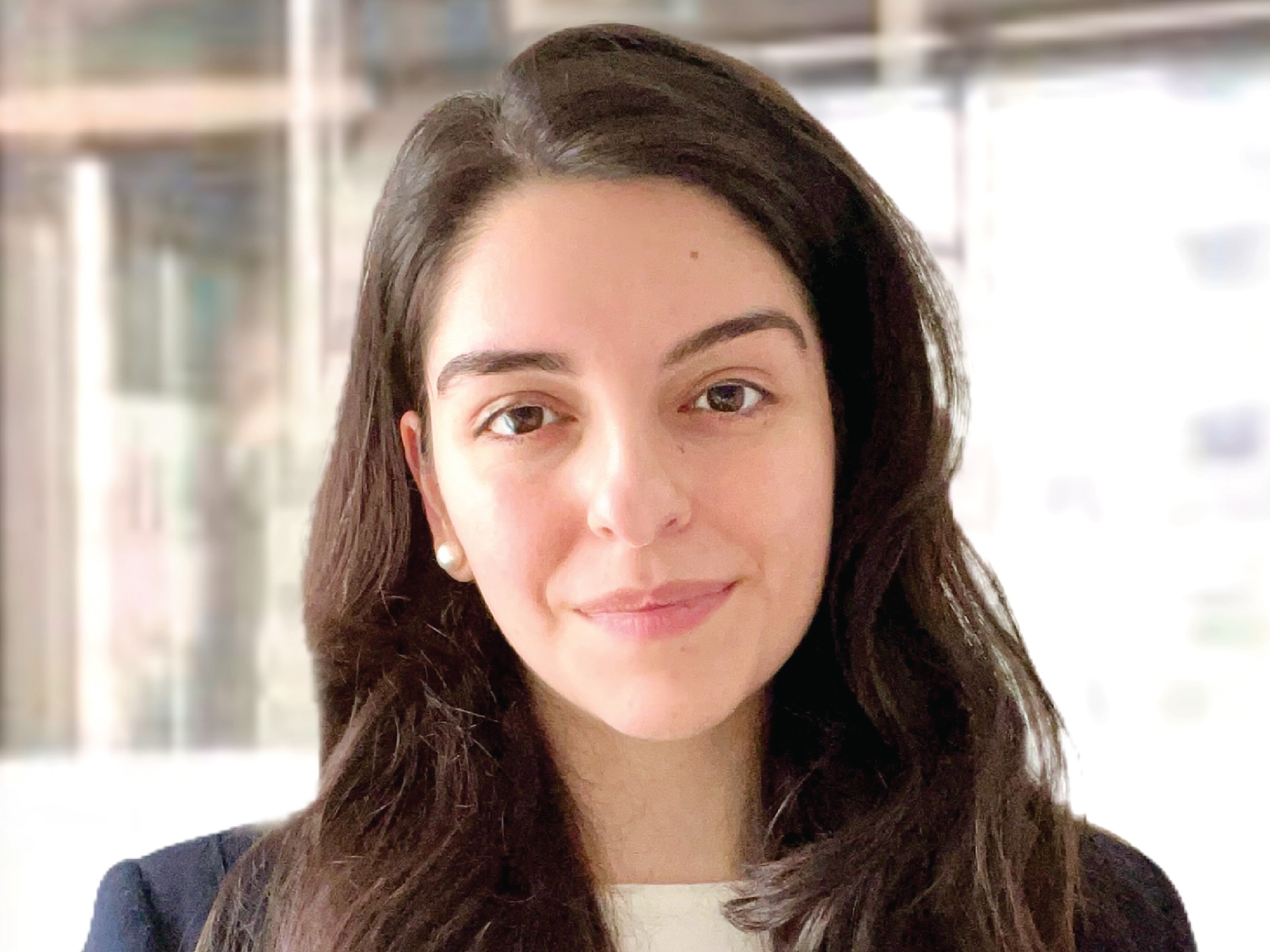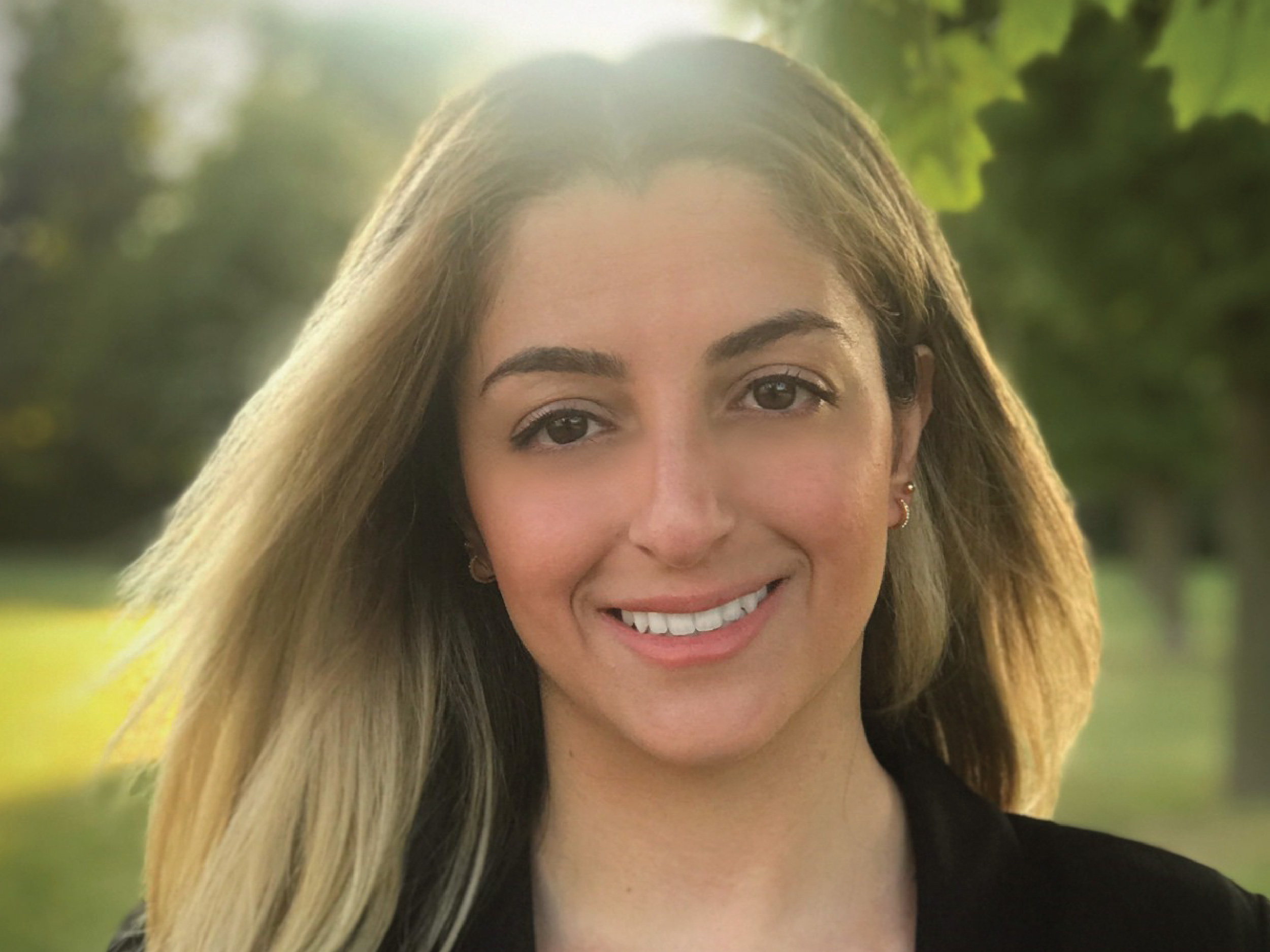Migration Tech Tracker
The proliferation of technological solutions is offering new ways to view migration-related challenges and opportunities. State and non-state actors are increasingly engaging technological tools to tackle complex migration challenges – like predicting the next major event to spur a refugee crisis – and supporting migrants themselves, through the use of advanced digital technologies like blockchain. To help provide a wide perspective on the rapidly changing landscape of technology use in migration management, CERC Migration is pleased to introduce the Migration Tech Tracker.
The Migration Tech Tracker (“Tech Tracker”) is an interactive tool developed to capture the various uses of technology by the diverse range of actors in the migration sector. This tool does not interrogate or question the use of these technologies, but rather presents them in a neutral manner to offer knowledge and present findings for researchers, practitioners and community groups to leverage in their work.
Last updated: Oct. 4, 2022
The technologies captured in the Tech Tracker include the following:
- Artificial Intelligence (AI) - Artificial Intelligence refers to “machine-based operations that mimic human intelligence” (Schmidt and Stephens, 2019; p. 133 (external link) ). AI is currently only capable of engaging one component of intelligence – prediction (e.g., machine learning, predictive technologies).
- Automation - Automation substitutes human labor in tasks both physical and cognitive (e.g., email confirmation).
- Big Data Technologies - Software utilities that are designed to analyse, process and extract information from complex and large data sets which traditional data processing software cannot accomplish (e.g., tools used for data storage, data mining, analytics and visualisation).
- Biometric Technologies - Technology capable of identifying a person based on some aspect of their biology (e.g., facial recognition, iris scans, fingerprint scans).
- Blockchain - A digitally distributed, decentralized, public ledger that exists across a network (e.g., Bitcoin, Ethereum).
- Cloud Computing - The use of networks of remote servers hosted on the Internet to store, manage, and process data, rather than a local server or a personal computer. Cloud computing technology gives users access to storage, files, software, and servers through their Internet-connected devices: computers, smartphones, tablets, and wearables (e.g., Amazon Web Services, Microsoft Azure, Google App Engine, Cisco).
- Internet of Things (IoT) - The network of physical objects that are embedded with sensors, software and other technologies for the purpose of connecting and exchanging data with other devices and systems over the Internet (e.g., drones and surveillance technologies).
The Migration Tech Tracker can be navigated by moving the cursor over a particular region or country. Countries that have information indicating use of the abovementioned technologies will be highlighted in blue. Relevant jurisdictions are listed wherever the research team found details on the use of a technology.
To make interaction with this tool easier, details of each case are organized according to:
- Title of use case
- Brief description
- Actor deploying technology
- Technology provider
- Migrant group targeted
- Purpose of technology
- Source(s)
With the increased integration of advanced technologies in migration management processes, what thematic areas warrant further research? CERC researchers Lucia Nalbandian and Nick Dreher explore literature on how technology in the immigration sector has increased and what further questions it elicits.
This map and the information included within it are not comprehensive. We have endeavoured to capture as much information as accurately as possible. We kindly ask that if you are familiar with or involved in the development of any of the below tools and technologies or literature referring to relevant tools and technologies, that you contact our research team to ensure we have accurately captured information pertaining to the use of this technology. Please contact Lucia Nalbandian at: lnalbandian@torontomu.ca .
We understand and affirm that technological advancements are rapidly accelerating and would like to maintain an active learning environment. As such, we encourage users of this tool to take extra caution in better understanding the information we have collated and presented here. Information in this tracker will be regularly updated.
Our team has followed all accessibility requirements outlined by the Toronto Metropolitan University to the best of our ability. For more information on these requirements, please visit the following webpage: https://www.torontomu.ca/web-support/seo-accessibility/
If you have any concerns or comments regarding the presentation and accessibility of the content on this webpage, please contact the CERC Migration team at: cerc.migration@torontomu.ca

Lucia Nalbandian
Lucia is a PhD student at the Department of Political Science at the University of Toronto and a former researcher with the Canada Excellence Research Chair in Migration and Integration program, Toronto Metropolitan University. Lucia’s research focuses on the intersection between advanced digital technologies and migration management.

Amasia Nalbandian
Amasia is a web developer with a particular interest in creating web and digital tools that help users both gain knowledge and solve complex challenges. To date, Amasia has created several web solutions – for both back and front-end. More information about Amasia’s past projects can be found at her LinkedIn page: https://www.linkedin.com/in/amasianalbandian/ (external link)

Nick Dreher
Nick is a PhD student in the Policy Studies program at TMU and a research assistant at the Canada Excellence Research Chair in Migration and Integration program. His research interests focus on social inclusion and belonging among migrants and refugees in urban settings and the role of arts and culture programs in affirming migrant identity and building intercultural community bonds.
Contact us
Questions, comments or concerns? Please contact CERC Migration at cerc.migration@torontomu.ca with “Migration Tech Tracker” in the subject line.